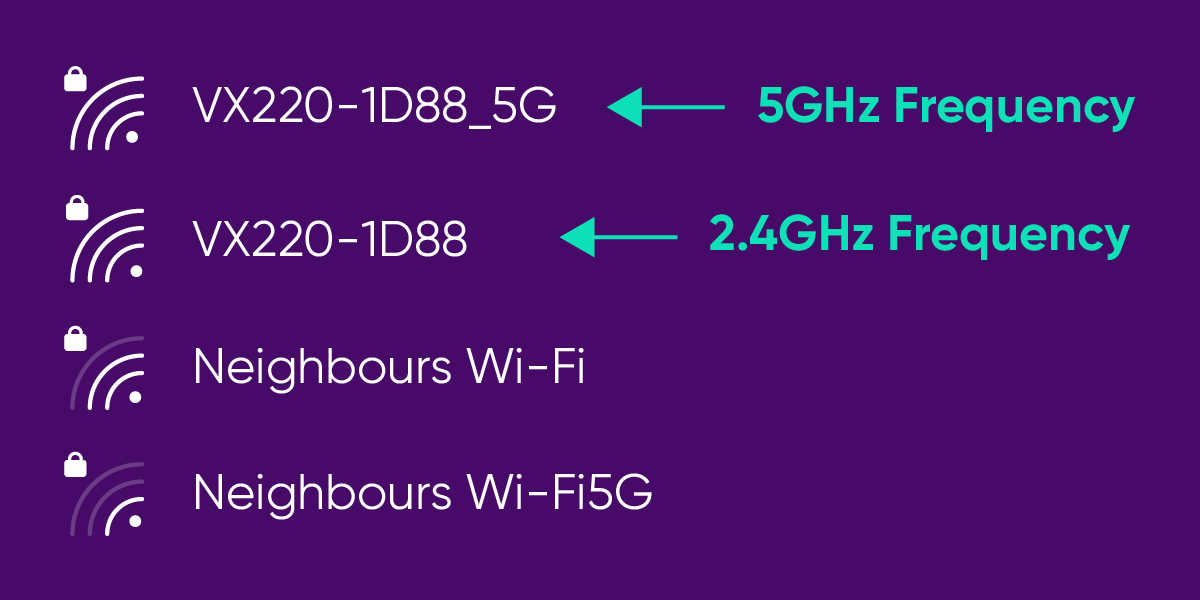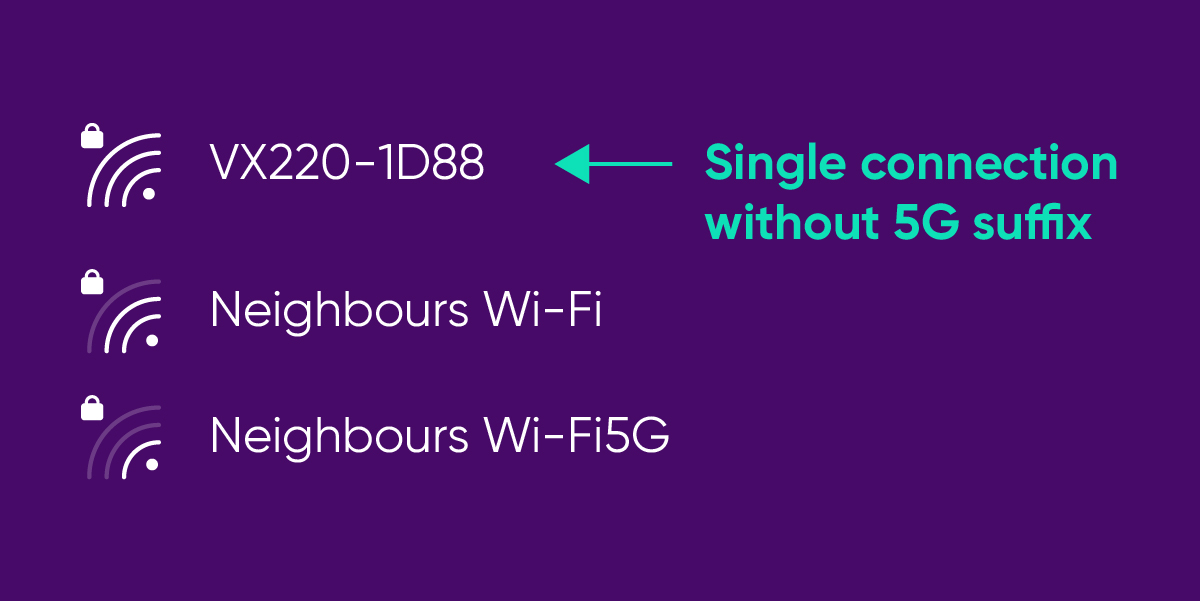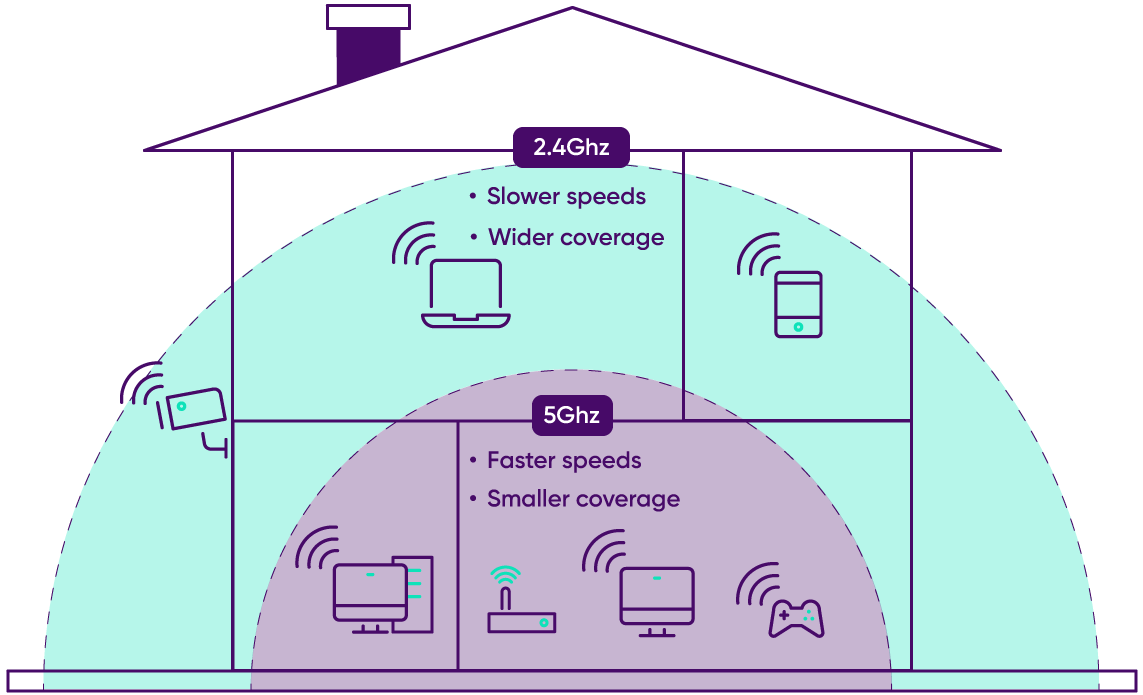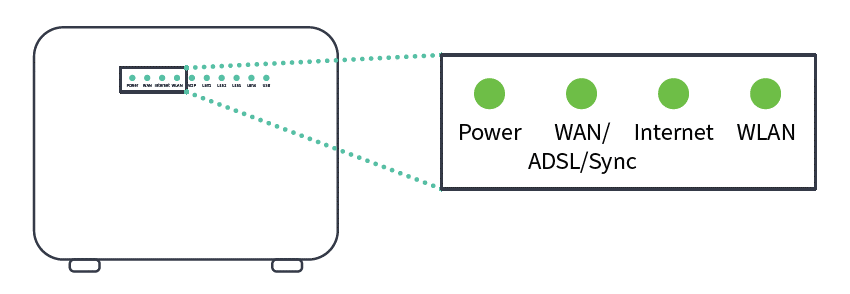What sort of things can affect performance?
Is it slow Wi-Fi?
A number of things can affect speeds when connected via Wi-Fi, these include:
- Distance from the modem
- Too many devices connected at the same time
- Your surroundings
- Brick or concrete walls
- Iron girders
- Overlapping signals in high density dwellings, such as apartments, flats and units
- Interference from other electrical devices such as microwaves, cordless phones, security cameras, baby monitors, and Bluetooth can also interfere with Wi-Fi signals.
Possible fixes:
- Try and place your modem in a central location
- Keep your modem away from other electrical devices
- Consider a Wi-Fi extender
- Change your Wi-Fi channel
Is it too many devices?
Having a lot of devices connected to your home network can affect its performance, especially when streaming video at the same time, or performing other data intensive tasks, these devices include:
- Tablets
- Mobile phones
- Gaming consoles
- Smart TV's
- Set-top boxes
Possible fixes:
- Ensure that devices are disconnected when not in use
- Ensure that your devices are up to date, older devices can run slowly even on a fast connection
What's running in the background?
A background application is often run automatically, they can use up a lot of your speed, without you knowing it.
Some background applications include:
- Computer, Tablet or Phone updates
- Cloud storage services
- Automatic gaming updates
- Other data intensive programs that may be in use, such as file sharing
Possible fixes:
- Set a bandwidth limit for updates or file sharing
- Schedule updates later or earlier in the day
Is my Wi-Fi secure?
Did you know that modems can send Wi-Fi signals up to 30 meters away?
If you are unsure:
- Keep you Wi-Fi password secure and change it regularly
- Hide your SSID
If you are still experiencing speed issues, please follow this troubleshooting guide.




